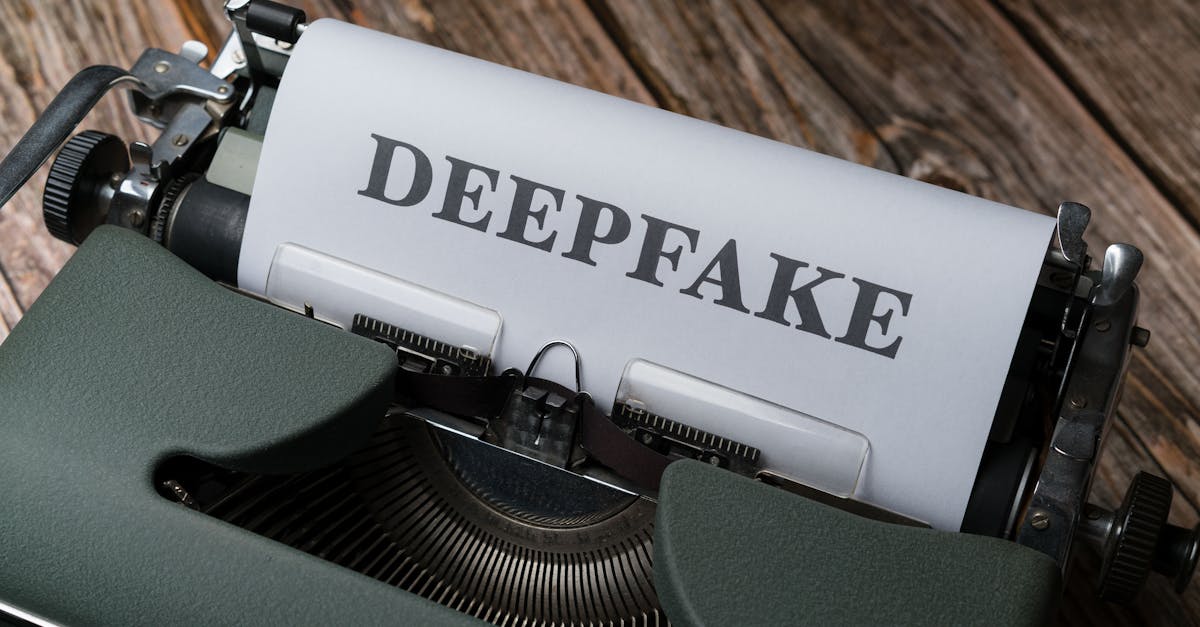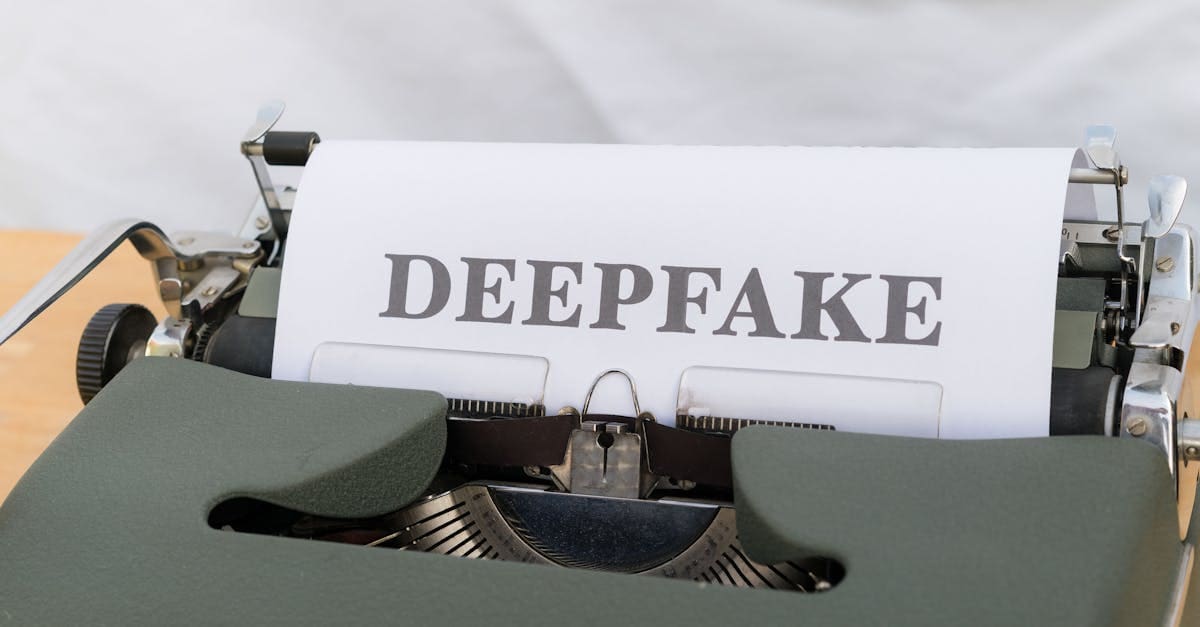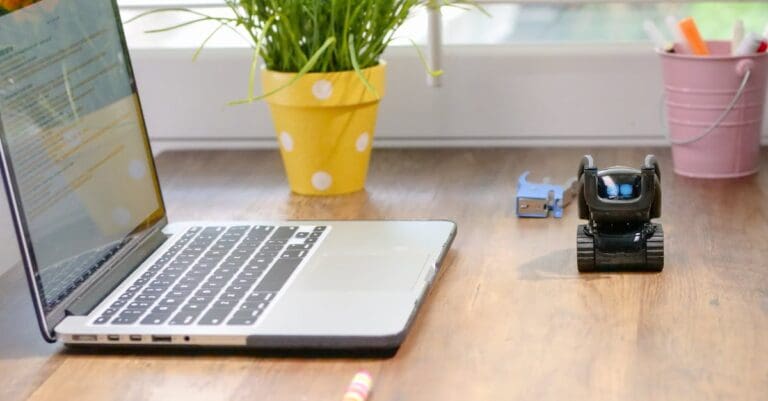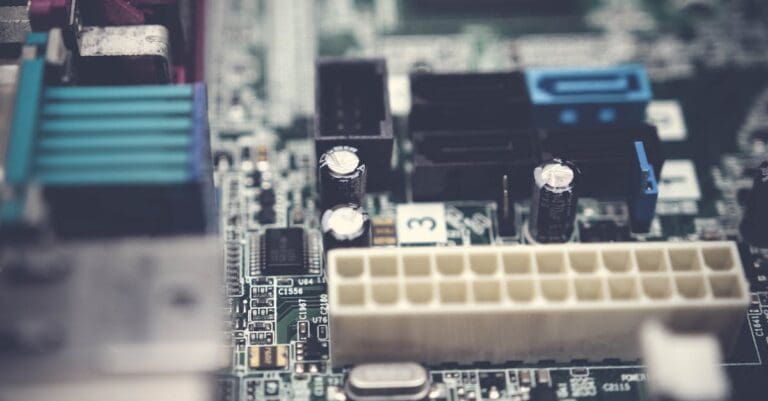What Everyone Ought to Know About Deepfake Detection
Most people think spotting fake videos and images is impossible today, but I discovered something surprising during my research. Current deepfake detection technology can actually identify AI-generated content with remarkable accuracy when you know what to look for. The key lies in understanding how these sophisticated systems analyze digital fingerprints, behavioral patterns, and hidden artifacts that even the most advanced synthetic media cannot completely hide.
I spent months studying the latest detection methods, and the results fascinated me. Modern systems use multiple layers of analysis, from examining spectral signatures to tracking micro-movements that human creators naturally produce but AI algorithms struggle to replicate perfectly. These tools combine computer vision techniques with machine learning algorithms to catch inconsistencies that your eyes might miss.
You need practical knowledge about these detection methods because synthetic media threats are growing rapidly. Keep reading to learn exactly how these systems work and which specific techniques you can use to protect yourself from AI-generated deception.

Photo provided by Markus Winkler on Pexels
In the article
- Understanding Modern Deepfake Detection Technology
- Implementing Digital Forensics AI for Content Security
Understanding Modern Deepfake Detection Technology
I notice that AI fraud prevention becomes more important every day. Synthetic media evolves quickly, and I see new threats appearing constantly.
My research shows that deepfake detection technology must keep up with these changes. Organizations face growing risks from realistic fake content that can fool people easily.
How Advanced Deepfake Detection Systems Work Today
I find that machine learning security combines vision transformers with neural networks effectively. These systems analyze video content at multiple levels to spot inconsistencies.
The technology examines spectral artifacts that algorithms cannot hide completely. Even sophisticated deepfakes leave digital fingerprints that trained systems can detect.
Facial recognition security analyzes these hidden patterns in real-time. I see how modern systems check for unnatural repetition and impossible voice transitions that humans cannot create.
Essential Deepfake Detection Methods for Media Verification
I learned that video authentication examines digital signatures and behavioral analysis patterns together. This dual approach increases detection accuracy significantly.
The process looks at context-based patterns including mouse movements and typing behavior. These human elements are difficult for AI systems to replicate perfectly.
Biometric security uses liveness detection through 2D to 3D modeling techniques. Users complete challenges like blinking and head movements to prove they are real people.

Photo provided by Markus Winkler on Pexels
Implementing Digital Forensics AI for Content Security
Professional Media Verification Tools and Platforms
I see that enterprise solutions integrate deepfake detection algorithms into existing authentication systems seamlessly. Companies can add protection without replacing their current infrastructure.
Real-time analysis protects against business email compromise attacks that use synthetic media. The FBI reports increasing cases of deepfakes in fraudulent job applications and financial scams.
These tools alert security teams immediately when they detect suspicious content. Quick response helps prevent damage from successful deepfake attacks.
Challenges in Synthetic Media Detection Accuracy
I understand that person-to-person interactions remain vulnerable to sophisticated deepfake attacks. Ad hoc exchanges like mobile phone calls present particular risks.
A recent case involved a finance employee who transferred money after a video conference with fake colleagues. The scammers used a deepfake CFO to authorize the fraudulent transaction.
Technical integration requires complex watermarks and server-side authentication methods. Organizations must wrap third-party detection algorithms around existing biometric solutions.
Deepfake detection becomes harder as generative AI creates more realistic content. I notice that modern deepfakes show fewer obvious artifacts than earlier versions.
Building Comprehensive Content Authenticity Protection
I recommend combining spectral analysis with behavioral pattern recognition to improve accuracy. Multiple detection methods working together catch more threats than single approaches.
Path protection methods detect camera and microphone driver changes effectively. These systems flag direct injection of deepfake content into communication streams.
Multi-layered approaches address various deepfake creation techniques and methods successfully. I see how comprehensive solutions examine content from multiple angles simultaneously.
Security awareness training remains essential despite advancing detection technology capabilities. Human factors present the biggest challenge in combating deepfake fraud attempts.
Future of AI-Powered Security Solutions
I observe that research communities develop better detection tools using advanced datasets regularly. Google released a large visual deepfake dataset with thousands of synthetic videos for research purposes.
The dataset includes recordings from hundreds of paid actors over one year. Researchers use this data to train more effective neural network architectures for detection systems.
Organizations must adapt as deepfakes become cheaper and easier to create. My analysis shows that 36% of consumers report experiencing deepfake scam attempts recently.
Proactive prevention measures help mitigate potential social and financial harms from synthetic media. I believe that combining technology with education provides the strongest defense against these threats.
Taking Action Against Fake Content
I believe you now have the essential knowledge to protect yourself and others from AI-generated fake content. You understand how synthetic media works and why it poses real risks. You also know the key signs to watch for and the tools available to help verify content authenticity. This knowledge gives you the power to stay safe in our digital world.
I recommend you start by downloading a media verification tool like those mentioned in the research. Test it with suspicious videos you encounter online. Also, share this information with your family, friends, and colleagues. The more people who understand these threats, the stronger our collective defense becomes. Therefore, make verification a habit before sharing or believing questionable content.
Your awareness and action matter more than ever. Start applying these techniques today and help build a more secure digital environment for everyone. However, remember that technology alone cannot solve this problem. We need informed people like you to stay vigilant and spread awareness about these emerging threats.







